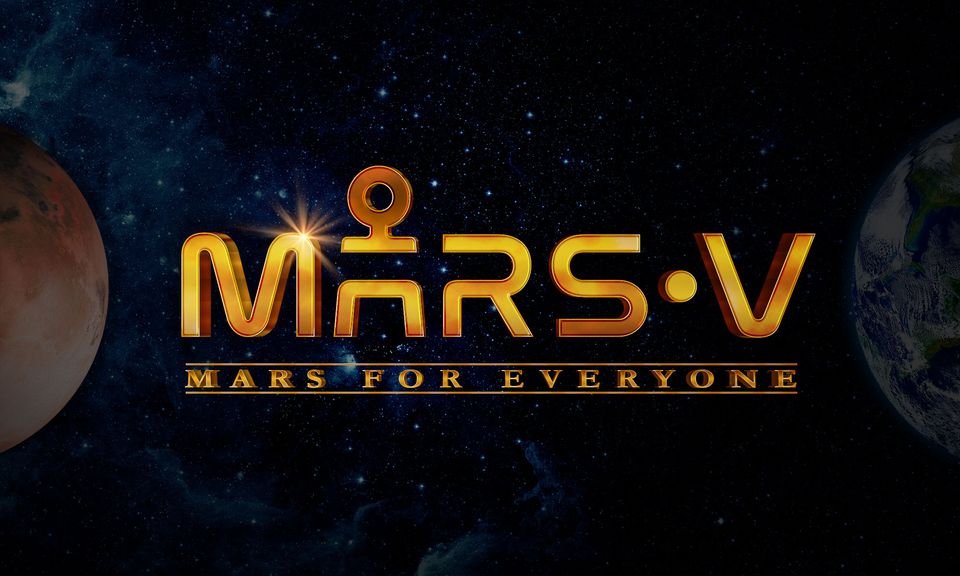G.Amgalanbayar: The Mars project has many benefits for investors

‘Mars On Earth’ international hybrid online conference is to be organized on November 13, 2020 at the State House in Mongolia. Welcoming the event, Mongolian Economy Magazine spoke with G. Amgalanbayar, Mars-V Project Executive Director.
-What kind of message do you intend to give to the society with this big event?
– “Mars on Earth” is the biggest message in itself. In other words, Mongolian Gobi is one of the few deserts in the world which has very similar conditions to the Mars hence Mongolia could be a Mars research laboratory. This project will create a huge scientific, economic and social value to Mongolia in the future. It will also help our country to keep pace with world development and move from the traditional economic model to the new one.
The main purpose of the Mars project is to contribute to this great event in the current context of intensive research of the planet Mars and the development of the space economy and market.
-What is the content of the project?
-I would like to emphasize the three main importance of the project in terms of science, society and economy. Economically, it is an opportunity to enter the multi-trillion-dollar space market as an independent player and benefit from that big cake of the market. In this context, various business models can be developed in Mongolia. If we can become a cluster and a hub of modern science based on our resources, the investment in science will increase and the door will open for us to benefit from it.
In terms of social organization, Mongolians are on the one hand trying to move from a nomadic lifestyle to a sedentary one, but on the other hand they have a dual model of wanting to introduce the values of their nomadic traditions to humanity. Therefore, by implementing such an ambitious project and introducing it to the world, we can, firstly, introduce our culture and traditions to the world, and secondly, create trust and a common goal in society.
The Mars project has the potential to sustain both social, scientific, and economic aspects because of its threefold significance. This is the main difference from the so-called mega mining and industrial projects.

-How can this project be interesting for investors?
-It is unreasonable to see an investor only as a person with money. Investors are diverse. There are investors who are ambitious, visionary, and believe that they can create synergies with the projects they are developing. In other words, we need to see what value our project will give to its stakeholders as a business model.
But Mars is not just about money. In some cases, non-investor sponsors may come in to promote sustainable development. Or someone who has world-class ambitions and don’t aware of spending enough money to train professionals. Therefore, investors are a much broader and more important topic for us.
In particular, the value we place on investors has many facets, and those who invest in our project are likely to have very different mindsets, values and visions than those who have invested in Oyu Tolgoi and Erdenet.
-What is the level of interest in the Mars project from the outside?
-At a conference on November 13, world-class Mars scientists will explain why Mars has attracted humankind interest and will illustrate the value of the next stage of human development. If it is really valuable, Mongolians should also contribute to it. Because the Mongolian Gobi is a part of the world and a resource that human beings should use.
We have recruited many international scientists to work as consultants. Cooperation has begun with NASA (USA), Roscosmos (Russia), JAXA, ISRO, and the Asia-Pacific Space Research Organization. Our project joined two of the world’s largest Mars research organizations. The project was presented to the heads of state of the United States, Russia and India, who have great ambitions in space, as well as to a member of the Japanese parliament who works in the space industry. In Mongolia, about 2,800 people volunteered to support the project. The main team consists of more than 100 people.
In the 2nd session, some of the first people who are going to set foot on Mars, namely NASA astronaut Alyssa Carson, European Space Agency (ESA) astronaut Camille Fournier from France, astronaut Linda Raimondo from Italy will participate in our event, share their experience and an interesting discussion will be held on topic of ‘Mars Generation’.
The impact of space technology and digital transition on the country’s economy and other sectors, and moving from traditional economic models to new ones will be discussed during the third part of the event.
PS: Due to five-day strict lockdown measures introduced to Mongolia, the event was postponed.